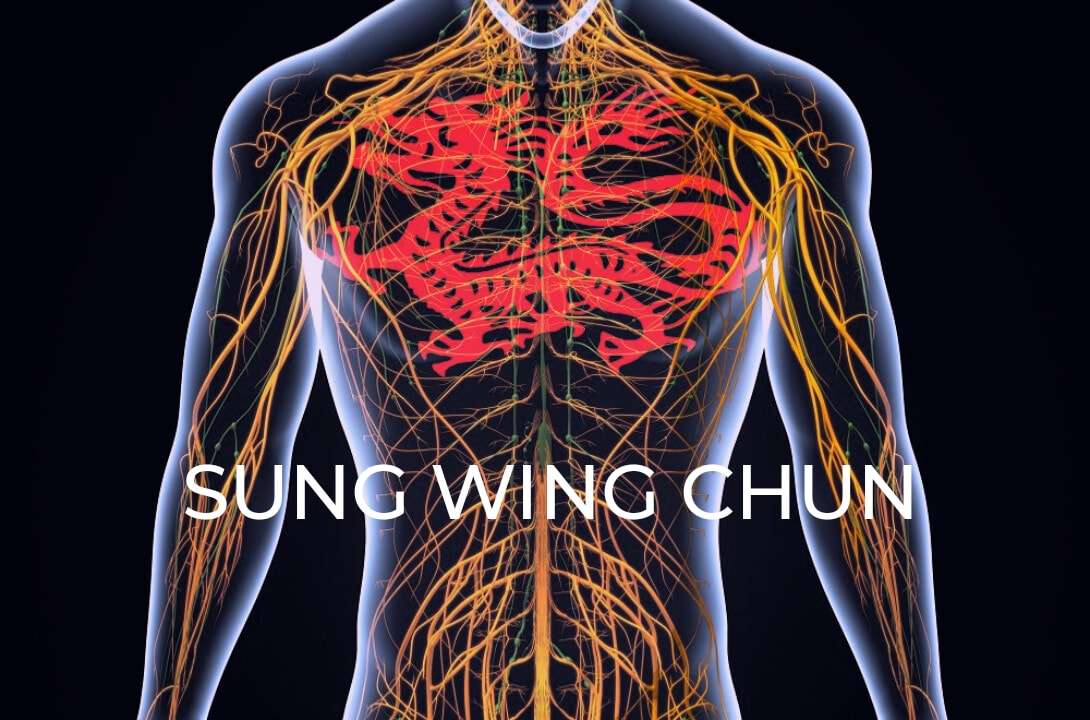What Is The Point Of Chi Sau?
3/29/2015
Recently there has been an increase in wing chun gatherings being organised in order to give people from different lineages an opportunity to practice chi sau. I have organised similar groups myself in Sheffield. The problem is that these friendly meetings can end with trouble as there is no accepted position as to the purpose of chi sau.
Most people (not necessarily me) will happily agree that is is a training method to develop sensitivity, that it develops muscle memory of the wing chun shapes and improves reflexes. Thereafter it becomes less clear; some people see it as a platform for practicing specific techniques, others as a platform for full sparing and others just seem to be waving their arms around and waiting for enlightenment. If we strip it back to basics, wing chun was developed as a fighting art to defend against a larger opponent. The movements therefore are designed to stop the opponent hitting you and for you to hit back with enough power to hurt them. You can be as sensitive with your forearms as you like, if your opponent is strong and his hit is in full flight then a deflection of a bong sau or jut sau is only going to delay their onslaught beyond one or two strikes. So what is the point then if it is not about forearm sensitivity...? The arms are not separate from the body and they do not form part of a separate structure. The sensitivity we are attempting to develop is not just at the contact point, it should embrace the shape of the arms, shoulders, spine, pelvis and the legs. When conjoined these all help form a cohesive mass which we use to displace and deliver power (hopefully similtaniously). In chi sau my aim is to point my mass at you without pushing, straining or overbalancing. The different arm shapes I use assist me by using targetting your weakest position. To stop me hitting straight through your arms you need to balance my force through your body. If you push back at me with your arms and shoulders (unless you are better than me or a lot bigger) you will struggle and have to rely on deflections or stepping away which will eventually lead to you losing your balance . If there is differentiation in ability then if I am the more relaxed person I should back off the pressure and practice further neutralisation of your force by spreading it through my stucture and into the ground. Chi sau is an exercise in developing and applying our relaxed structure. It can legitimately lead on to practicing techniques and sparing but it is best not to trick ourselves that it is fighting. The 'rules' of fighting (when there is mutual consent) are different and need to be agreed otherwise someone will get hurt. Real fighting has no rules so you need to be sure you can apply your wing chun to produce enough power to hurt someone else. The acme of perfection is I can hit you and you cannot hit me, you are too busy trying to regain your balance and position because in order to deal with my force you have pushed yourself backwards. The hand techniques of wing chun (trapping, pak sau, lap sau etc) can be effective and have a place within the system, but I tend to agree with Tony Psaila in that if they make up the majority of your wing chun, you are probably not that good. Internal and external alignment of the entire body is required if we are going to have enough power to defend ourselves. This is my goal for chi sau.
1 Comment
dan
3/31/2015 02:36:17 pm
a very interesting read - thanks
Reply
Your comment will be posted after it is approved.
Leave a Reply. |
AuthorKeeping you up to date with what is happening in class Archives
July 2024
Categories |

 RSS Feed
RSS Feed